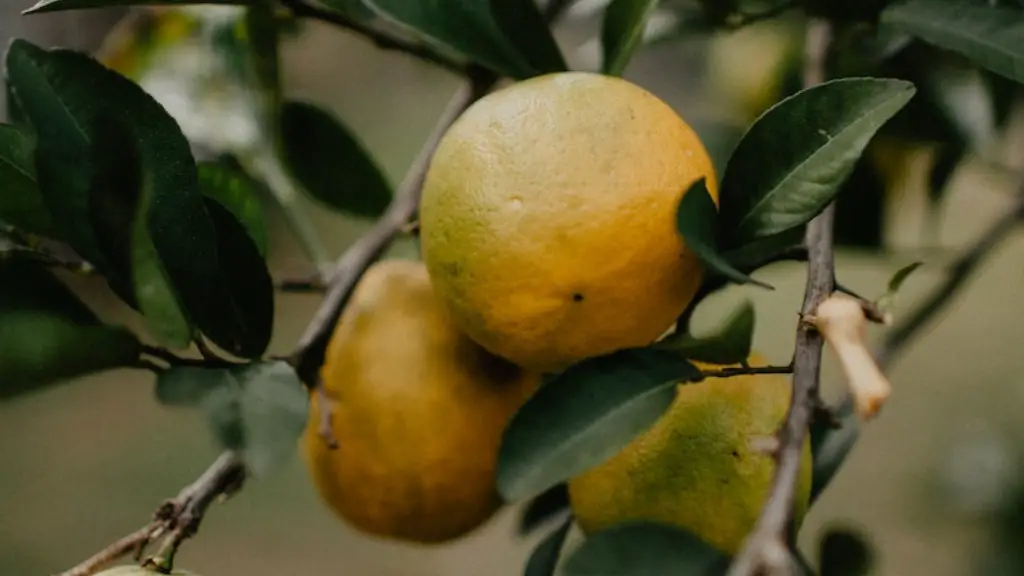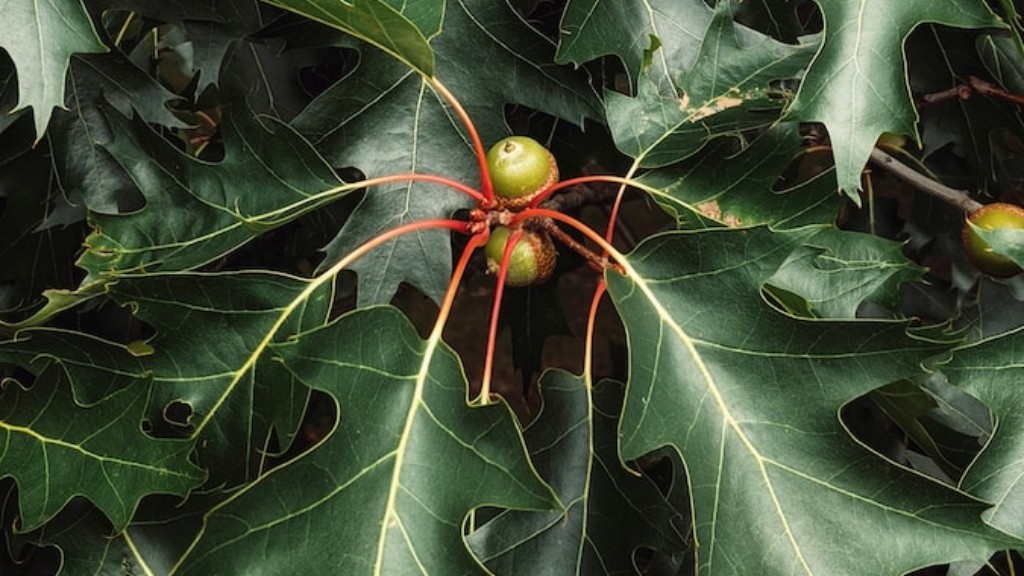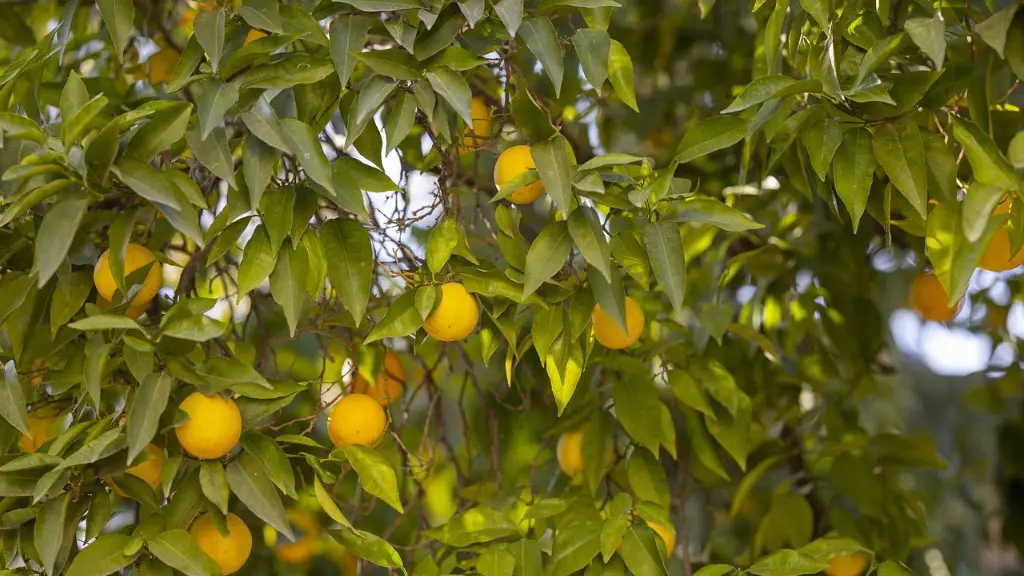Air layering, also referred to as marcotting, is a common process used to clone trees. The process helps to propagate trees with desirable characteristics. Air layering is particularly beneficial for plants, such as lemon trees, that are slow growing, difficult to root, or produce seeds that are not true to the parent plant. Through air layering, new trees with the same characteristics as their parent can be easily cloned. Here’s how to air layer a lemon tree.
First, choose a healthy, mature branch on the lemon tree to layer. Make a cut halfway through the branch, just below a node. Next, remove the bark at the cut, exposing the cambium layer. Do this by using a sharp knife. Work carefully, taking care to not damage the cambium layer.
Then, wrap the exposed area with moist sphagnum moss or peat moss and secure with binding material, such as string or wire. If the bark was removed carefully, the wounded area should remain moist and support root formation. Cover the moss with plastic, again securing it with binding material to prevent the moss from drying out.
Next, keep the moss moist by misting it with a gentle spray each day for two to three weeks. After two to three weeks, roots should form. Finally, cut the branch off just below the bottom of the plastic and you will have a new rooted lemon tree.
Pruning your Lemon Tree
After air layering, it’s important to properly prune the lemon tree. Firstly, identify the shoots that you want to keep and the ones that you need to remove. For example, shoots that will invade other parts of the tree should be removed. Use pruning shears to make clean cuts at a 45-degree angle, just above the point of emergence. Make sure to keep the pruning shears sharp to ensure a clean cut.
Before making each cut, consider the tree’s overall shape and sense of balance. Proper pruning stresses symmetry and encourages healthy, new growth. If a big branch needs to be removed, it can often be replaced with water sprouts that grow from its base. Be sure to take into account the vigor of the rootstock, its growth habit and the angle of the shoot when pruning.
When pruning new shoots, always leave two or three leaves. This will encourage new growth. Finally, pay attention to the center of the tree and remove any dead or crossing branches.
Supporting the Air Layered Tree
When air layering newly rooted lemon trees, it’s important to provide them with support. Firstly, insert two stakes on either side of the tree. Then, tie them together using weatherproof twine. This will help support the new tree so it can stand upright.
Next, provide shade and warm temperatures to ensure successful transplant. Do not expose the tree to full sun or windy areas. Lemon trees require temperatures between 18 to 27 degrees Celsius/65-80 degrees Fahrenheit. Over a few months, the tree should get used to its new environment, allowing you to gradually expose it to more sun and wind.
Finally, you must water the tree regularly. A wave timer can be used to help you stick to a consistent watering schedule. Application of an organic fertilizer is also important, particularly during the summer months. This will support the tree and help it to grow strong.
Points to Consider when Air Layering a Lemon Tree
When air layering a lemon tree, try to find a healthy, mature branch below a node, as this will promote root growth. Ensure to use a sharp knife when removing the bark, taking care not to damage the cambium layer. After two to three weeks of keeping the moss moist, roots should form. When selecting shoots to keep and those to remove, consider the tree’s shape and symmetry.
Provide the newly rooted lemon tree with support and a consistent watering schedule. Shade and warm temperatures are a must. Make sure to fertilize the tree, particularly during the summer months, in order to promote strong growth. Also pay attention to the center of the tree and remove any dead or crossing branches.
Replanting the Air Layered Tree
Once the lemon tree has rooted and the desired shoots have been kept, it can be ready for replanting. Firstly, choose a spot in your garden that receives full sun and ensure that the soil is well drained. Next, dig a hole at least twice as wide as the roots, deep enough so that the tree stands at the same height as it was before.
Then, fill a third of the hole with compost or a commercial potting mix, working it into the existing soil. Plant the lemon tree into the soil and check to make sure it stands firmly upright. Finally, fill the rest of the hole with the remaining soil, patting it down to remove any air pockets. Water the tree afterward.
Harvesting and Caring for your Lemon Tree
Lemon trees can bear fruit within two to four years of air layering, depending on the size of the tree and how it has been cared for. As fruit begins to appear, it’s important to properly care for the trees. Firstly, remove any dead or broken branches, and then remove any excess fruit so the tree can focus its energy on the remaining fruit.
Next, keep the lemon tree free of weeds and pests by spraying on an insecticidal soap. Also, depending on the size of your tree, you may need to maintain its shape with regular pruning. Finally, mulch around the tree to conserve water and keep the soil temperature regulated. Avoid pruning in the winter months and ensure to water your tree regularly.



